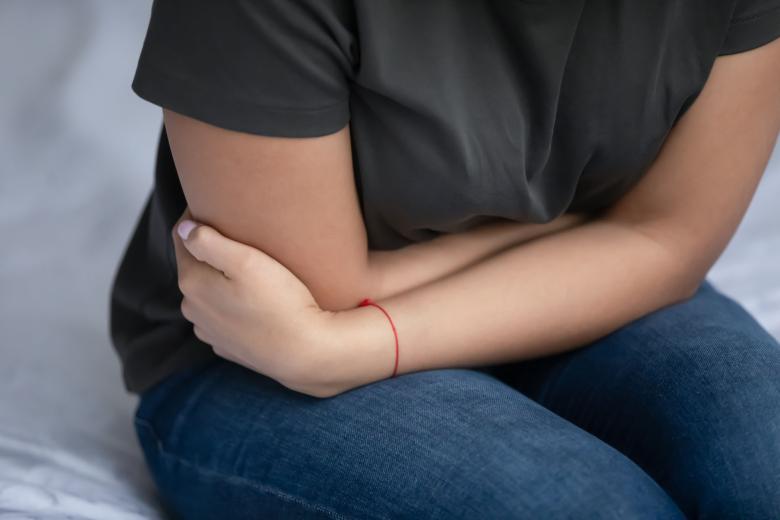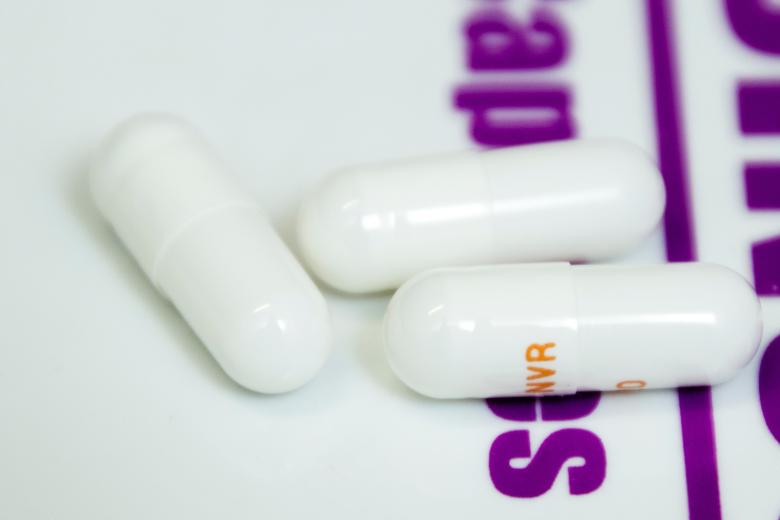Tinkering with microRNAs helps heart cells regenerate
Scientists and cardiologists have known for decades that once a piece of heart muscle has died, for example due to a heart attack, it will never grow back. This is because an adult heart muscle cell is not able to divide in the way a skin cell does to repair a wound. However, a research group from Maastricht University led by Professor Leon de Windt has now shown that by tinkering with microRNAs, heart muscle cells can indeed be prompted to regenerate. The research was published earlier this month in Nature Communications.
The researchers have discovered the three genes in the DNA of heart muscle cells that contribute to heart muscle cell division and muscle tissue repair. These genes are strongly expressed in the heart of an embryo, which still has to grow and in which heart muscle division does still take place, but which hardly occur in an adult heart.
Three 'golden genes'
Molecular techniques make it possible to introduce foreign DNA into a body using a modified virus. In this way, the Maastricht researchers introduced the three ‘golden genes’ into a laboratory animal that had had a heart attack. The result was positive: the heart recovered leaving no scar tissue. ‘When someone has a heart attack, of the five billion heart cells, they might lose a billion, which never come back,’ says research leader and professor of molecular cardiovascular biology Professor Leon de Windt. ‘It leaves a scar on the heart which permanently reduces heart function. But in these laboratory animals, the heart cells began to divide again to restore the lost cells. This offers prospects of a cure that was not possible before.’
The research that has now been published in Nature Communications represents an important step in the development of cardiac medication to offer better and more lasting results for patients. This is a welcome prospect for people who have had a heart attack, or myocardial infarction: currently one in three suffer heart failure in the first years after the attack. In 2019, approximately 35,000 people were admitted to hospital after suffering a heart attack (figures: Hartstichting [Netherlands Heart Foundation]).
De Windt warns that the road to clinical application may still be long: ‘The next key step is to find the best way to administer the treatment, perhaps in the form of a ‘lipid nanoparticle’, as used in the Covid-19 vaccines by Pfizer and Moderna. This will be followed by a test phase, which can last at least seven years and will be very expensive. But we are satisfied with the basis we have found: the three ‘golden genes’ that can lead to a heart muscle that does repair itself.’
Also read
-
Menstruation is still a taboo in the workplace
In honour of the presentation of the VNVA Els Borst Prize for her oeuvre, Prof Marlies Bongers is organising the symposium "menstruation in RED on the agenda" on 1 October.
-
Repeat miscarriages: does the immune system play a role?
In women trying to conceive, 1-3% experience repeated miscarriages. For more than 50% of these women, a cause for the miscarriages has yet to be found. New research from Maastricht University (UM) and the Maastricht University Medical Centre+ (MUMC+) shows that the immune system’s Natural Killer (NK)...
-
New European project aims to think outside the box when it comes to medicine
The European Commission has awarded €23 million to set up a new platform for drug repurposing: the use of existing drugs in diseases other than those for which they were originally developed. In the next seven years UM will develop the platform REPO4EU (precision drug REPurpOsing for Europe) together...